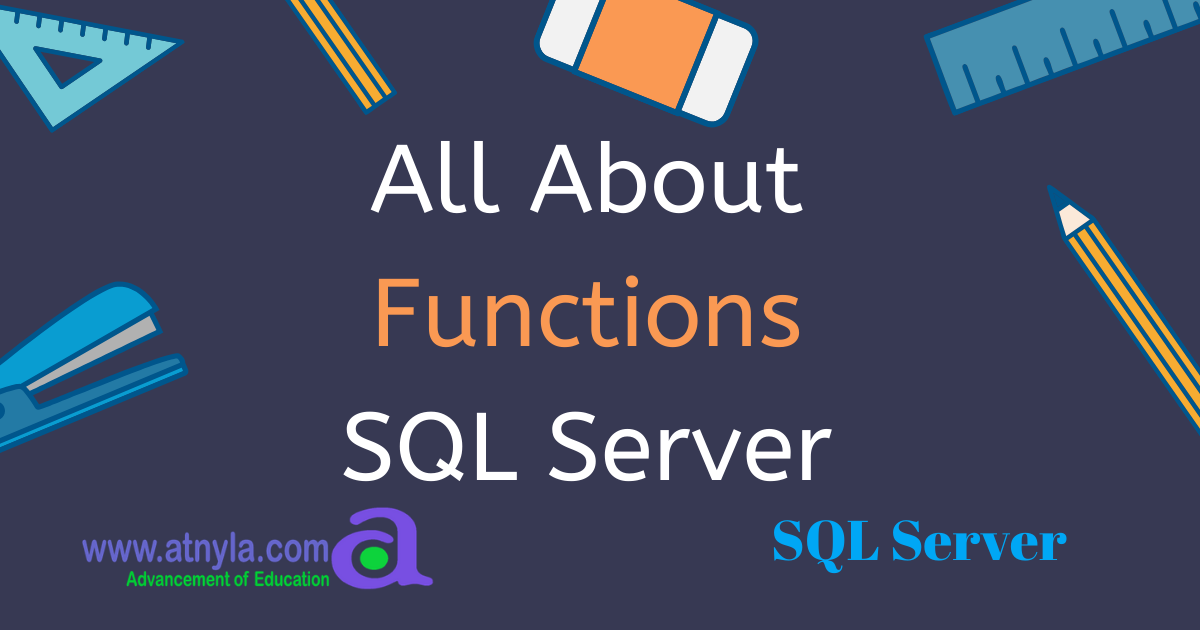Sanitize user inputs
Sanitizing user inputs refers to the process of removing or encoding any special characters or potentially harmful code from user input data before using it in a web application or storing it in a database.
This is an important security measure because user input can contain malicious code, such as SQL injection attacks, cross-site scripting (XSS) attacks, and other forms of attacks that exploit vulnerabilities in web applications.
Sanitizing user inputs can prevent these attacks by removing any potentially harmful code or characters from user input data. This can include things like removing or encoding HTML tags, filtering out special characters or symbols, and validating input to ensure that it conforms to expected formats.
There are many different ways to sanitize user input data, depending on the specific requirements of the application and the type of data being processed. Common techniques include using input validation libraries, filtering out specific characters or symbols, and encoding special characters to prevent them from being interpreted as code. It is important to always sanitize user input data to ensure the security and integrity of web applications.
How can I Sanitize user inputs
Here are some common techniques for sanitizing user inputs in web applications:
-
Input validation: Check that the input data conforms to expected formats and data types, and reject any input that does not. For example, validate that email addresses are in the correct format, and reject any input that contains non-numeric characters for phone numbers.
-
Filtering: Remove or encode any special characters or symbols from user input data that could be used to execute malicious code. For example, filter out characters like "<" and ">" to prevent cross-site scripting (XSS) attacks.
-
Encoding: Encode special characters in user input data to prevent them from being interpreted as code. For example, encode characters like "&" as "&" to prevent HTML injection attacks.
-
Whitelisting: Allow only specific types of input data and reject any input that does not conform to these requirements. For example, whitelist only alphanumeric characters for usernames and passwords.
-
Blacklisting: Block specific types of input data that are known to be malicious. For example, blacklist any input that contains SQL injection keywords.
There are many libraries and tools available to help with sanitizing user inputs in web applications, including input validation libraries, security plugins, and automated testing frameworks. It's important to use a combination of techniques to ensure the security and integrity of your web application.
Sanitize user inputs using PHP
Here's an example of how to sanitize user inputs using PHP:
Let's say you have a form with a text input field called "email" and you want to sanitize the user input before using it in your PHP script.
- First, retrieve the user input data from the form using the $_POST superglobal array:
$email = $_POST['email'];
- Next, sanitize the user input data using the PHP filter_var() function and the FILTER_SANITIZE_EMAIL filter to remove any invalid characters from the email address:
$email = filter_var($email, FILTER_SANITIZE_EMAIL);
- Optionally, validate the sanitized input data to ensure that it conforms to expected formats using the FILTER_VALIDATE_EMAIL filter:
if (filter_var($email, FILTER_VALIDATE_EMAIL)) { // Email address is valid, do something with it } else { // Email address is invalid, reject it or display an error message }
This is just a simple example, but you can use similar techniques to sanitize other types of user input data, such as text fields, dropdown lists, checkboxes, and radio buttons. Just be sure to choose the appropriate filters for each type of data, and validate the sanitized input data if necessary.





































